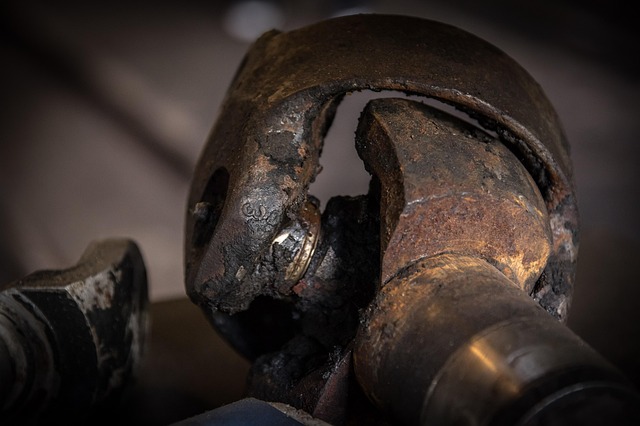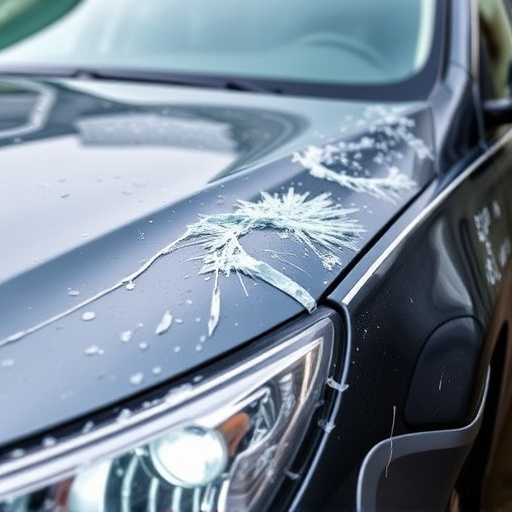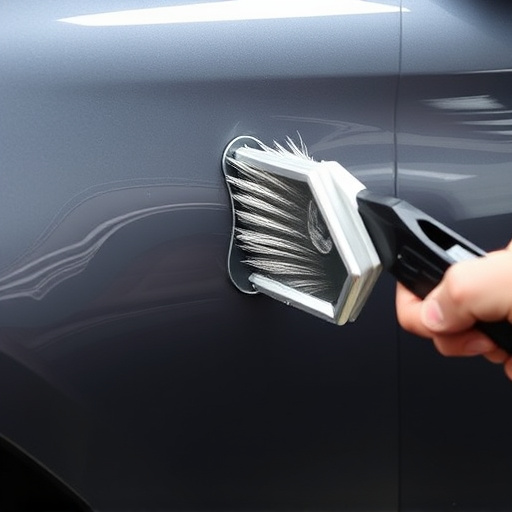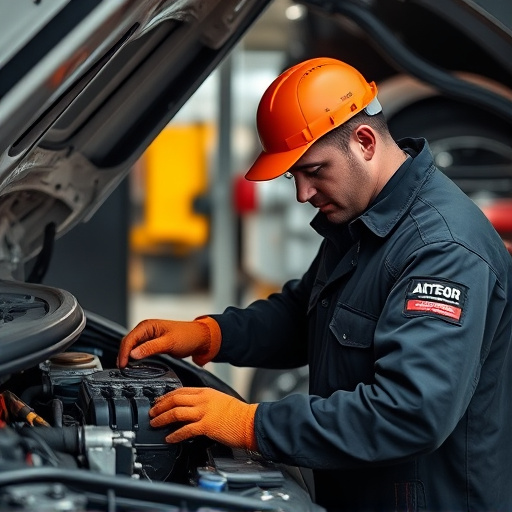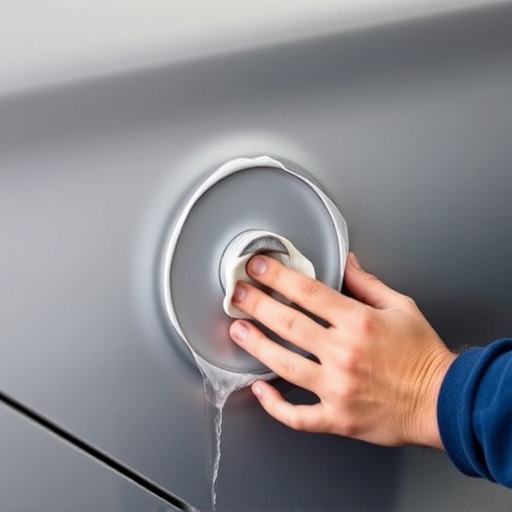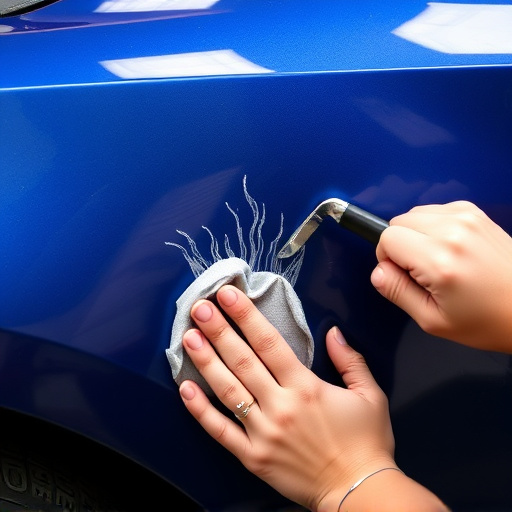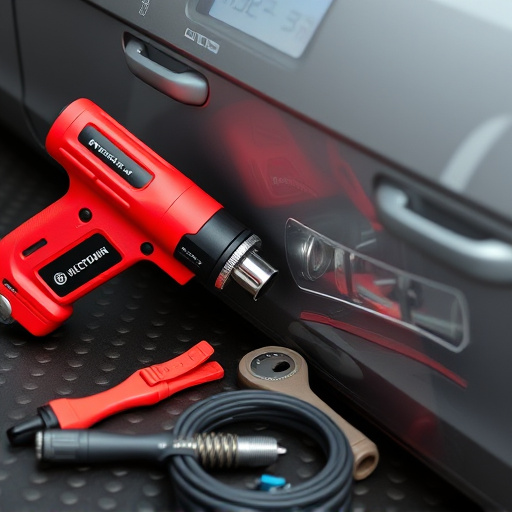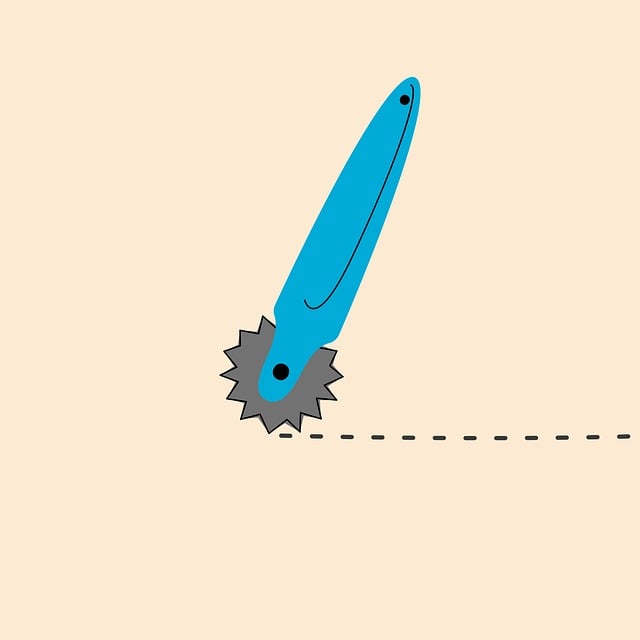Induction heating repair is a critical yet overlooked aspect of vehicle collision repair. Unseen structural issues can compromise safety and vehicle health if not addressed accurately. Expert technicians use advanced tools to identify flaws, ensuring proper component assessment. DIY repairs or subpar methods may lead to hazards and costly redo work. Cutting-edge techniques in induction heating repair enhance equipment precision and efficiency, maintaining high standards in automotive body shops.
“Uncover the mysteries of induction heating repair with our comprehensive guide. In this article, we delve into seven secrets that can transform your understanding of equipment maintenance. From identifying hidden issues to avoiding common mistakes, you’ll learn expert techniques to prolong your induction heating systems’ lifespan. Discover advanced strategies and gain valuable insights that set the standard for efficient and effective repairs in today’s industrial landscape.”
- Unveiling Hidden Issues in Induction Heating Repair
- Common Mistakes to Avoid During the Process
- Advanced Techniques for Longer Equipment Lifespan
Unveiling Hidden Issues in Induction Heating Repair
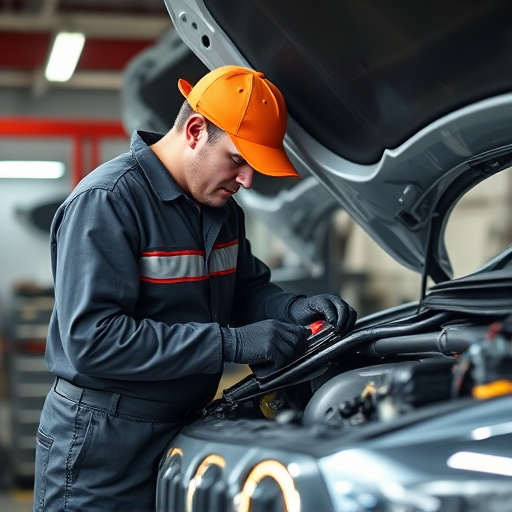
In the realm of vehicle collision repair, induction heating repair stands out as a crucial process often overlooked. While it may seem like a straightforward task, hidden issues can lurk beneath the surface. During what appears to be a routine repair, such as car dent removal or tire services, deeper structural problems might go unnoticed. This is where expertise and meticulous attention to detail become paramount.
Proficient technicians employ advanced diagnostic tools to uncover these hidden flaws, ensuring every component is assessed accurately. By delving into the intricacies of induction heating repair, they can prevent future complications, whether it’s a subtle misalignment or a more complex structural integrity issue. This proactive approach ensures not just effective car dent removal or tire replacement but also maintains the overall health and safety of the vehicle during and after the repair process.
Common Mistakes to Avoid During the Process
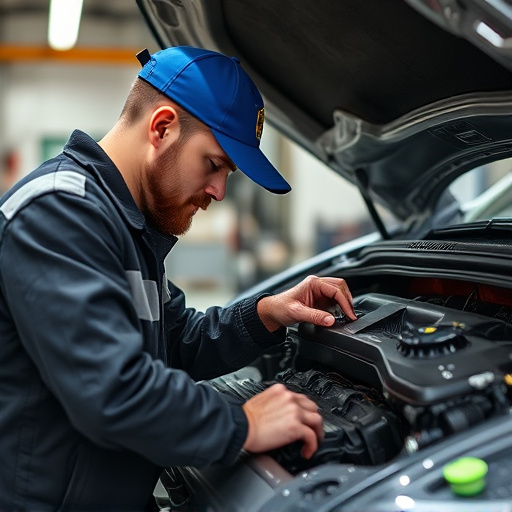
When tackling induction heating repair, whether for fender repair after hail damage or general auto body shop maintenance, it’s vital to steer clear of common pitfalls. One frequent mistake is attempting DIY repairs without proper training or experience; induction heating involves intricate processes that demand expertise to avoid structural instability and potential safety hazards.
Another blunder is using incompatible materials or tools, which can lead to substandard results and compromise the structural integrity of the repair. It’s crucial to follow manufacturer guidelines and consult with professionals who understand the nuances of induction heating. Skimping on quality components or rushing the process can also result in weak, unreliable repairs that may require costly redo work, underscoring the importance of meticulous attention to detail throughout the entire induction heating repair process.
Advanced Techniques for Longer Equipment Lifespan
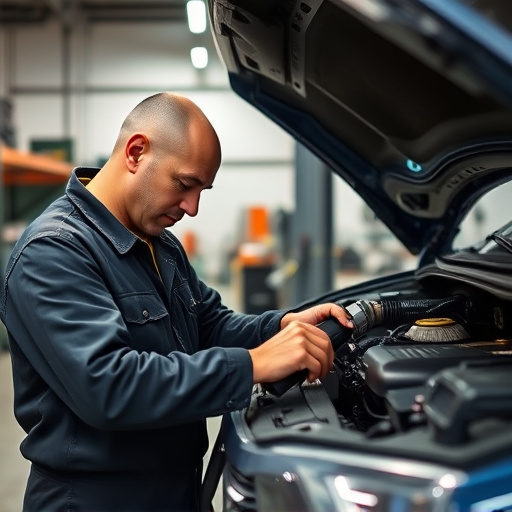
In the realm of induction heating repair, advanced techniques play a pivotal role in extending the lifespan of your equipment. By employing sophisticated methods, professionals can ensure that vehicles undergoing body repairs, such as car dent repair or automotive body shop procedures, are subject to more precise and consistent heat treatment. This precision is key to preventing structural weaknesses and surface imperfections that can arise from traditional heating methods.
Through continuous innovation, induction heating technology has evolved to deliver targeted energy directly into metal, minimizing heat loss and maximizing efficiency. This not only expedites the repair process but also significantly reduces the risk of damage to surrounding components, a common concern in vehicle body repair scenarios. As a result, advanced induction heating techniques have become an indispensable asset for maintaining high-quality standards in automotive body shops, ensuring that every repaired vehicle exits with enhanced durability and aesthetic appeal.
Induction heating repair is a specialized process that, when approached with care and advanced techniques, can extend the lifespan of your equipment. By understanding common mistakes to avoid and keeping an eye out for hidden issues, you can ensure optimal performance and minimize downtime. Remember, investing in proper induction heating repair is key to maintaining efficiency and productivity in your operations.


